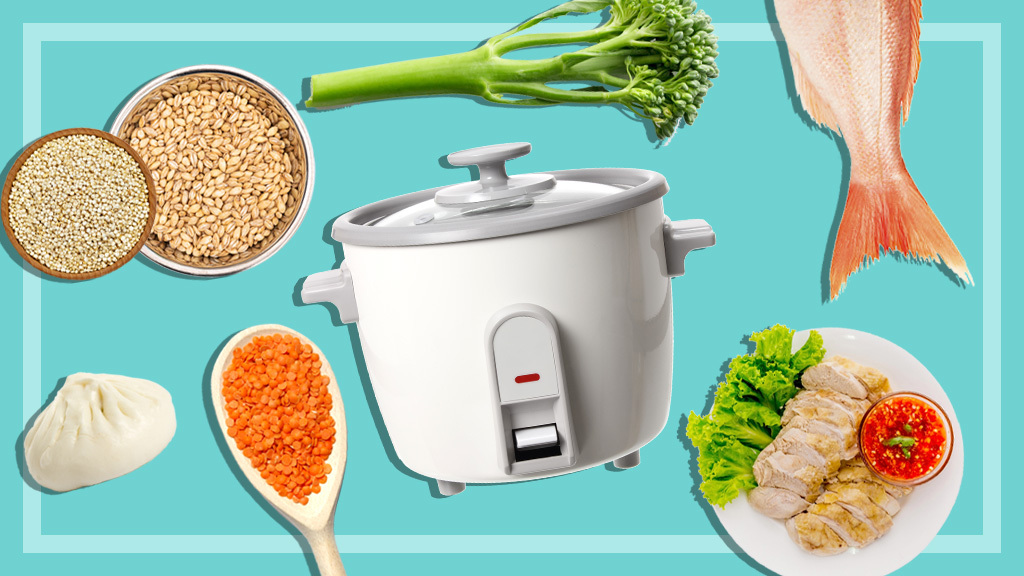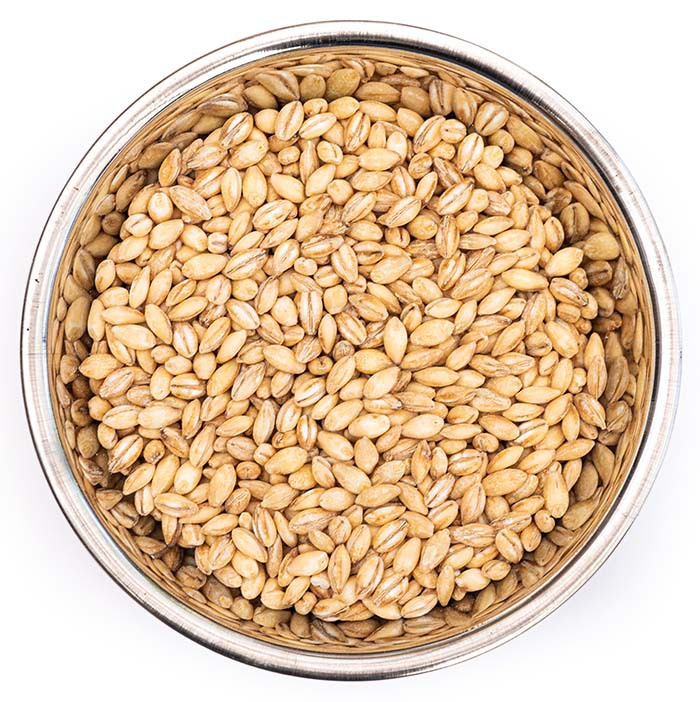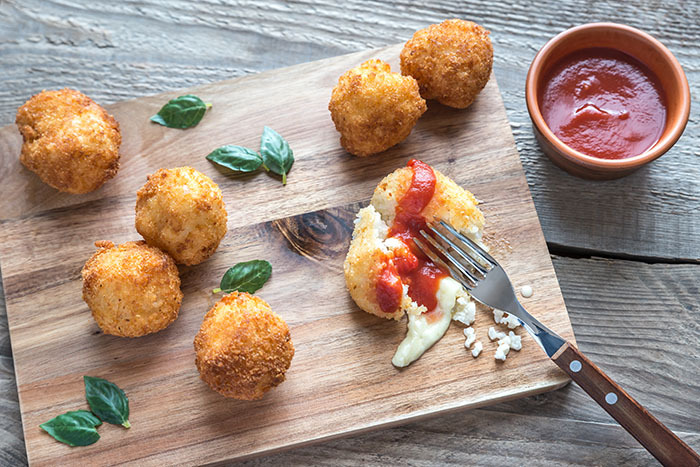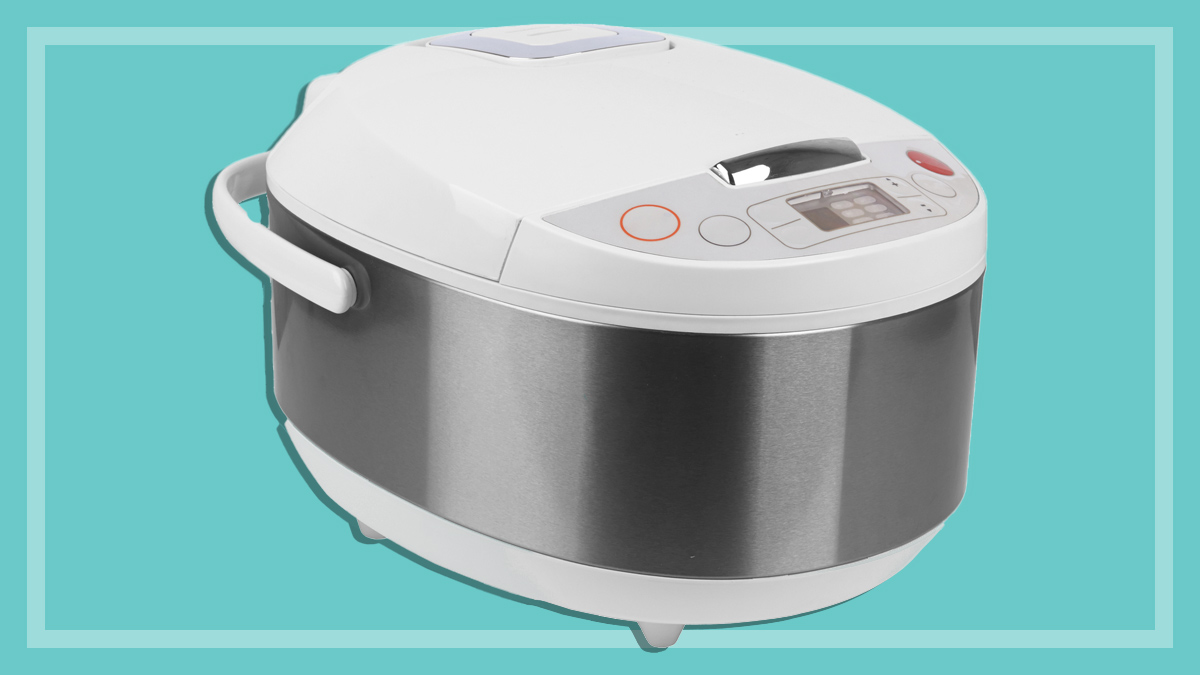Get our independent lab tests, expert reviews and honest advice.
Things you can make in a rice cooker that aren’t rice

Who doesn’t love rice? Versatile, healthy, cheap and filling, it’s a staple on plates the world over. So it’s not surprising that rice cookers are a popular appliance for many households, from student digs and share houses to family kitchens.
They free up hob space (and saucepans) and take the guesswork out of cooking rice – a process that can confound even capable cooks.
If you’re wondering whether you have room for yet another appliance, rest assured that a rice cooker will more than earn its keep in your kitchen.
Rice cookers take the guesswork out of cooking rice – a process that can confound even capable cooks
It’s handy for so much more than just cooking plain old rice and will up the convenience factor of your meal prep.
Our CHOICE kitchen experts have just spent many hours putting a range of different rice cookers to the test in our kitchen labs, steaming kilos of white and brown rice to rate how each cooker performs. CHOICE members can view the full results in our rice cooker review.
And, if you’re looking to invest in a rice cooker or experiment with the one you have, we delve into what you can cook in your rice cooker, from poached fruits to steamed veg and dhal. Plus, we show you some ways to incorporate a rice cooker into your meal prep, and how to store and use up the leftovers safely.
Is a rice cooker worth buying?
There’s no denying that a rice cooker is extremely handy if you cook rice regularly: just add grains and water, and it’ll take care of the rest so you can focus on the rest of dinner prep.
And a good rice cooker will keep the rice warm until you’re ready to serve, some for up to 12 hours, which is helpful if you’re catering for a crowd or feeding family members on different schedules.
But if you’re still on the fence about buying one, it’s worth considering some of the more creative uses for a rice cooker.

1. Other grains and pulses
Basic rice cookers will cook all types of rice – brown, long grain, short grain, jasmine or basmati – but they can also be used to cook other grains and pulses such as quinoa, pearl barley and lentils.
Alternative grains can make a great substitution for standard rice to serve alongside your chilli con carne or stir-fry, and they’re great to keep on hand as a nutritious and satisfying addition to salads, meatballs, stews or soups.
Water-to-grain ratio
When cooking up a batch of grains or pulses in your rice cooker, the key is to make sure the ratio of water to grain is correct.
CHOICE kitchen expert Fiona Mair says: “Some rice cooker models will come with pre-set programs for other grains, or recipe booklets that will give you the correct water-to-grain ratios to use if you’re cooking something like lentils or quinoa”.
Always use the supplied measuring cup to measure out the grain and follow the grading in the bowl
CHOICE kitchen expert Fiona Mair
“If you have a more basic model that doesn’t include these directions, follow the guidelines for cooking brown rice, as other grains usually require longer cooking times than standard white rice.
“Always use the supplied measuring cup to measure out the grain and follow the grading in the bowl to check how much water you’re adding.”
2. Steamed vegetables and fish
Some rice cookers come with a steaming tray or basket that lets you steam everything from dumplings and vegetables to poultry or fish, meaning you could cook an entire meal using just one appliance (no hob or saucepan required!).
Steaming veg is a great way to lock in nutrients and moisture (and therefore flavour), so if you’re guilty of over-boiling your greens until they go grey, bland and mushy, this could be your new kitchen hero.
Some rice cookers come with a steaming tray or basket, meaning you could cook an entire meal using just one appliance
CHOICE experts note in our rice cooker reviews whether the rice cookers we’ve tested include a steamer tray or basket (although we don’t specifically test their effectiveness).
If you’re after a model that incorporates a steamer, Fiona suggests opting for a larger model.
“The steamer basket is the same size as the diameter of the rice cooker bowl, so if you’d like to steam large quantities of food while cooking your rice, then you may want to opt for a rice cooker with a larger capacity.”
“Always refer to your manual for instructions on how to use your cooker for steaming.”
3. Sushi
OK, so it’s not going to roll your nori rolls for you, but some rice cookers come with a setting specifically for sushi rice, which means you could be dishing up Japanese-style delicacies with even greater ease.
With the ability to incorporate all sorts of flavours and textures, sushi is perfect for kids’ lunchboxes, toddler snacks or light meals, and it’s also fun to make.
The right consistency
One of the most important aspects of cooking sushi rice is getting the right consistency so it sticks together and is easy to shape, which is why a rice cooker with a sushi setting can be helpful to make sure you get the best, most consistent results.
A rice cooker with a sushi setting can ensure you get the best, most consistent results
Although we don’t specifically test rice cookers on their sushi rice settings (also called sticky rice or Japanese rice on some models), we have reviewed a few rice cookers that have this feature: the Breville Rice Box, the Breville Smart Rice Box and the Tefal Induction Rice Master and Slow Cooker.
4. Porridge, congee, risotto or dhal
Okay, so we know that making risotto or congee in your rice cooker is technically still cooking rice (so is sushi rice for that matter). But it’s an outside-the-box way to use your rice cooker for more than just fluffy white rice.
A multifunctional rice cooker will probably come with pre-programmed settings and perhaps a recipe booklet that can help you cook rice- or grain-based dishes such as congee or risotto. (CHOICE’s expert rice cooker reviews note whether each rice cooker has a specific program/setting for cooking porridge or congee.)
Even if you only have a basic rice cooker, you can still use it to cook these types of dishes. But Fiona advises that you should probably only do this if you don’t have access to a cooktop and saucepan.
Using a basic rice cooker to cook dishes such as risotto, porridge, congee, polenta and dhal is possible, but it can take longer than just using your cooktop
CHOICE kitchen expert Fiona Mair
“Using a basic rice cooker to cook dishes such as risotto, porridge, congee, polenta and dhal is possible, but it can take longer than just using your cooktop,” she says.
“These types of dishes need to be stirred to develop creaminess and so the rice or grains won’t stick and burn on the bottom of the bowl,” she says.
“And remember you can’t adjust the temperature in a basic rice cooker, so you’ll need to take the lid off frequently to stir and check on the dish, which will increase the cooking time.
“Multifunctional rice cookers are more expensive, but they have sealed locking lids, timers with audible feedback and a more durable cooking bowl that can handle higher temperatures and vigorous stirring, so can be suitable for cooking a wide range of recipes.”
5. Poached fruits and cake
Although we question whether you really need a rice cooker that’s going to cook a cake for you (we prefer the good ol’ oven for that), it’s definitely one of the more interesting items to include in an article about non-rice dishes you can make in your rice cooker!
Admittedly, your basic $15 Kmart rice cooker isn’t going to help you turn out baked treats, but if you have a more sophisticated multifunctional model, it’s possible. And you could definitely poach pears or apples in a rice cooker with a steamer basket for a quick and easy dessert or to add to your morning porridge.
Check the instructions and pre-programmed settings for your rice cooker to find out if your model is the cake-creating kind.

How to use your rice cooker for meal planning and prep
Anything that can lighten the load of meal planning or cooking for a busy family is always welcome, and a rice cooker can certainly help.
Not to mention that cooking extra food for leftovers or planning a few work lunches ahead of time can save you spending money on expensive takeaways – which is essential with the cost of living skyrocketing.
Here are some tips for using a rice cooker in your meal prep:
- When cooking dinner, pop your rice in the cooker first so you can set and forget it, then get on with whatever you’re making so it’s all ready at the same time. Win!
- Cook double the amount of rice, quinoa or lentils you need so you have enough for your evening meal and enough to use in a chilled grain salad the next day. Add anything you like – tuna, spinach leaves, chopped chicken, capsicum, corn, herbs, tomato, cucumber, nuts, seeds – and finish it off with a homemade dressing of lemon and olive oil.
- Making fried rice? Day-old rice is perfect as it retains its texture well. (Just make sure it’s been refrigerated properly overnight.) Stir fry with garlic, ginger, soy and onion and add any veg or protein you like.
- Leftover risotto can be turned into arancini: form into balls, then coat with breadcrumbs and deep-fry until golden.
- If you have a steamer tray or basket, cook fish fillets at the same time as some brown rice or quinoa for a healthy dinner with minimal washing up. Check your manual for cooking instructions.
- Cook batches of quinoa or lentils to bulk out and add extra nutrition to meatballs, vegetable patties, soups or bolognaise. Quinoa also freezes well if you have leftovers.
- Rice is a great blank canvas for so many dishes that are low-cost yet delicious. Although it’s great in meat or fish dishes, it’s equally satisfying when paired with some sauteed spinach, mushrooms and garlic, and perhaps a fried egg. A dash of chilli wouldn’t go astray here either. A winning budget-friendly dinner!
How to store, freeze and reheat cooked rice safely
Storing cooked rice the right way is essential.
If you’ve cooked an extra batch of rice to use for meals later, first leave it to cool to room temperature. As soon as it’s cool, place into a sealed container in the fridge. You can spread it on a tray so it cools more quickly.
When reheating in the microwave, add a little water (one teaspoon to one cup) to loosen up the grains and cover with plastic wrap or a plate so it steams and plumps up the grains.
Cooked rice should be used within one to two days to prevent any bacteria growth. But if you’d like to keep it for longer, it can be frozen for up to about a month. Portion it into freezer bags or plastic containers once it’s cooled, then pop it in the freezer.






